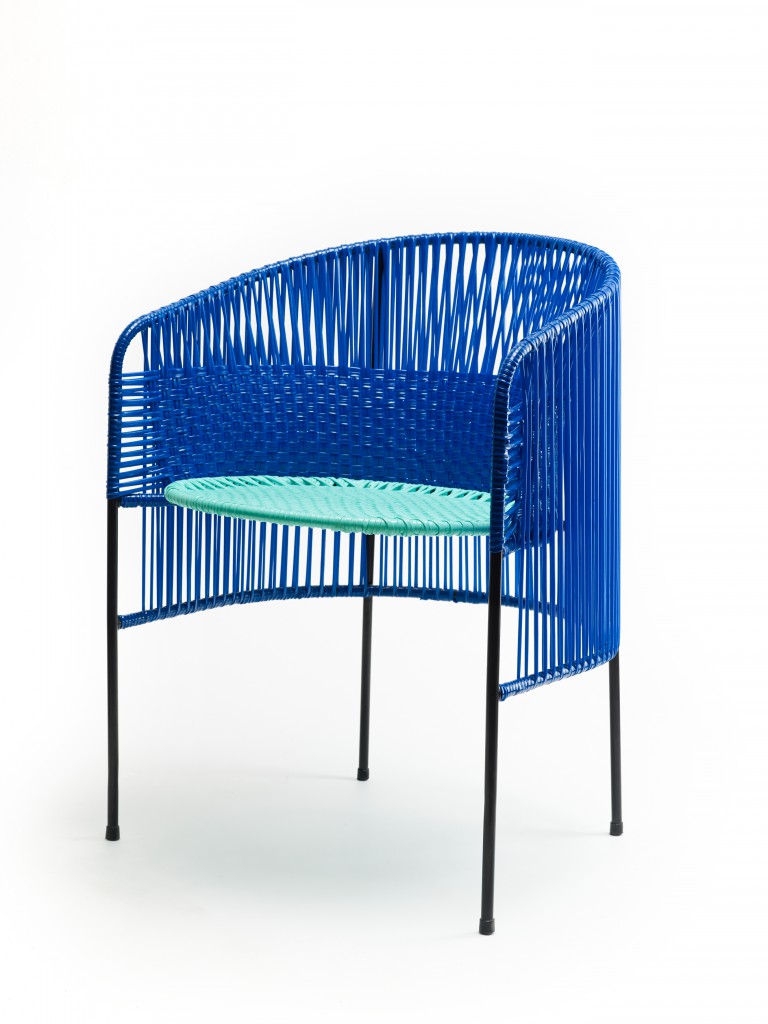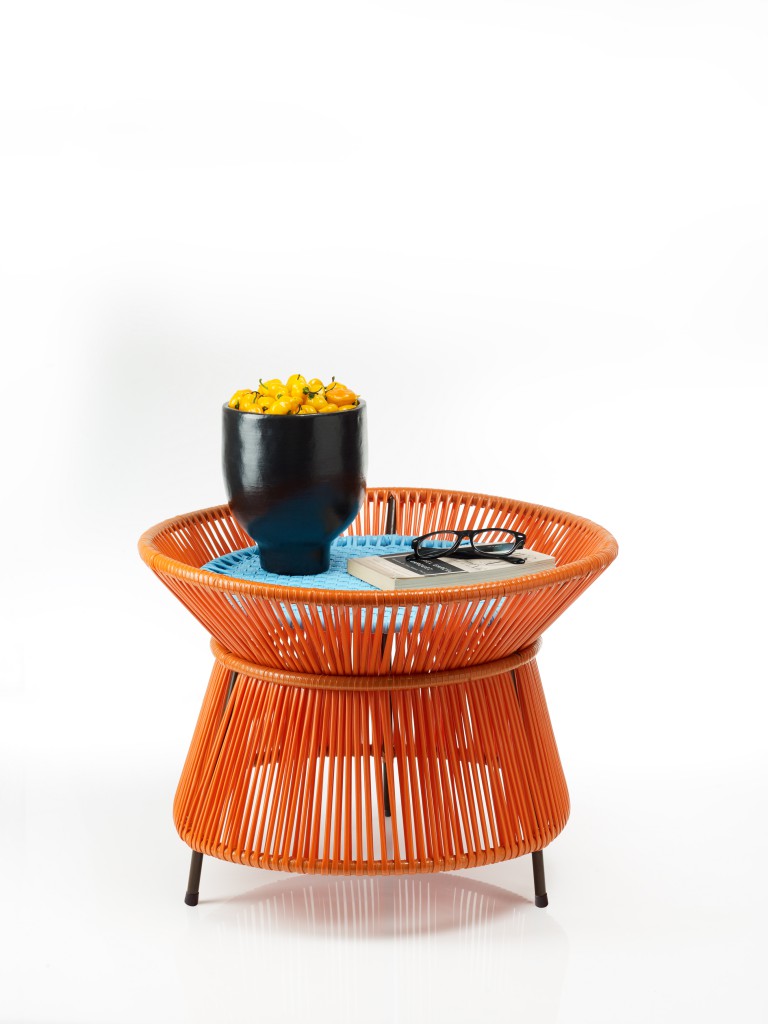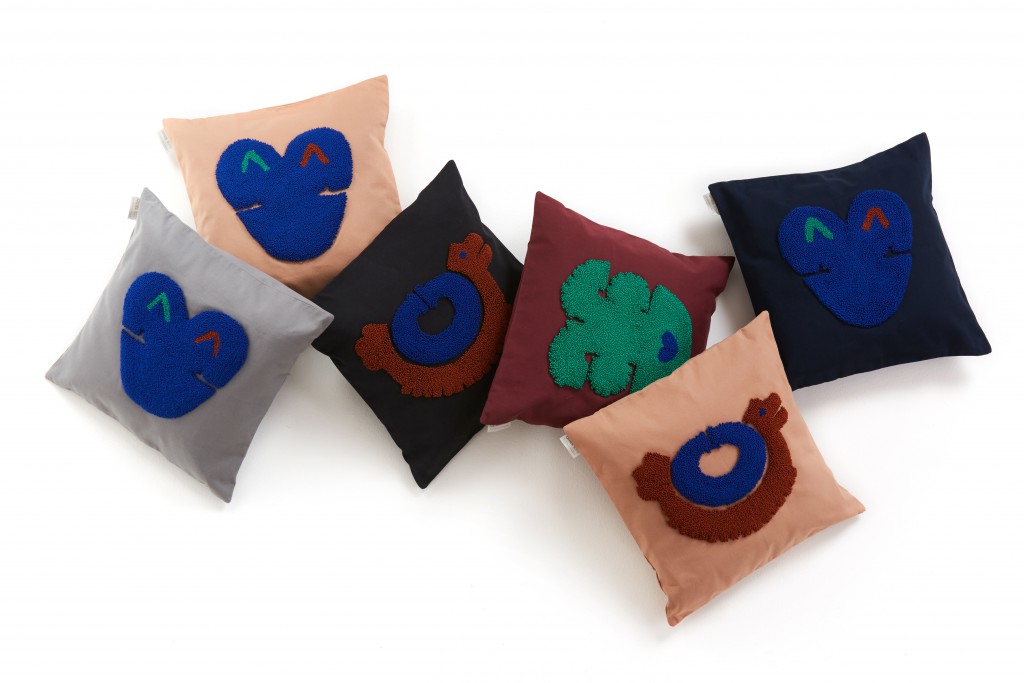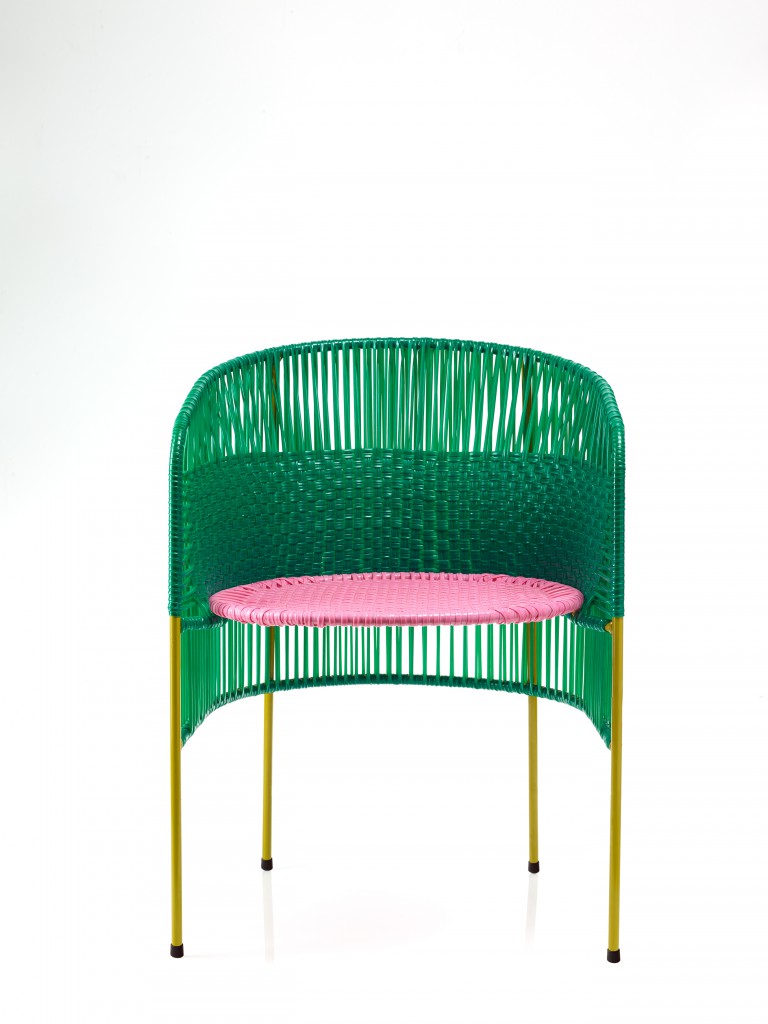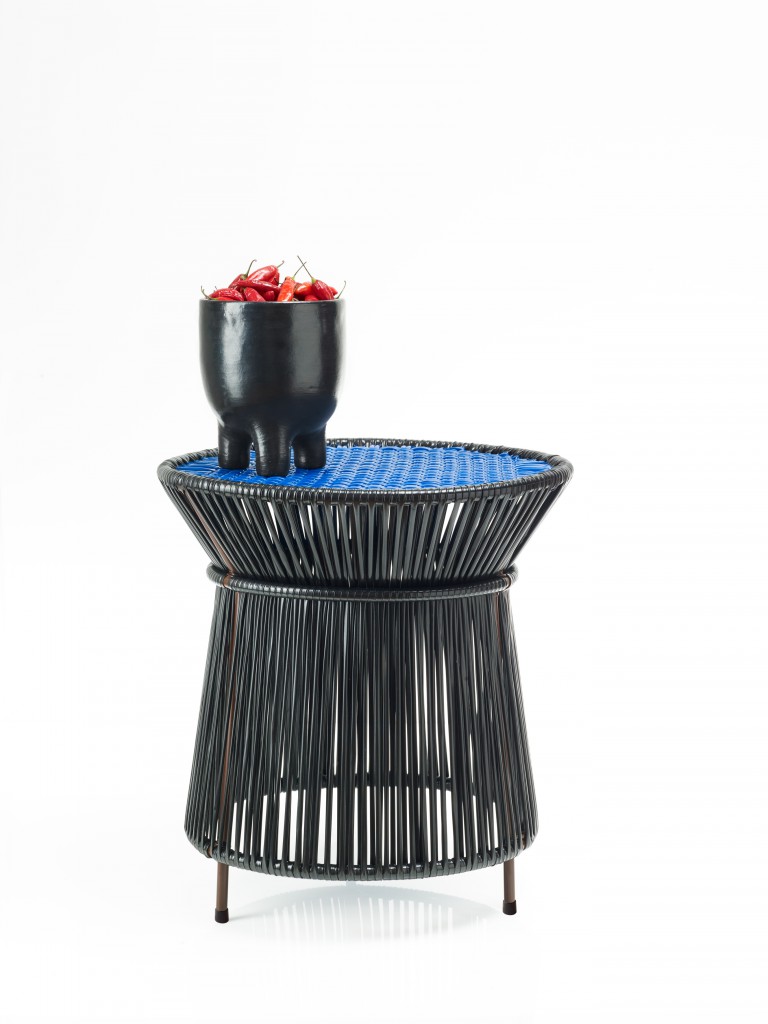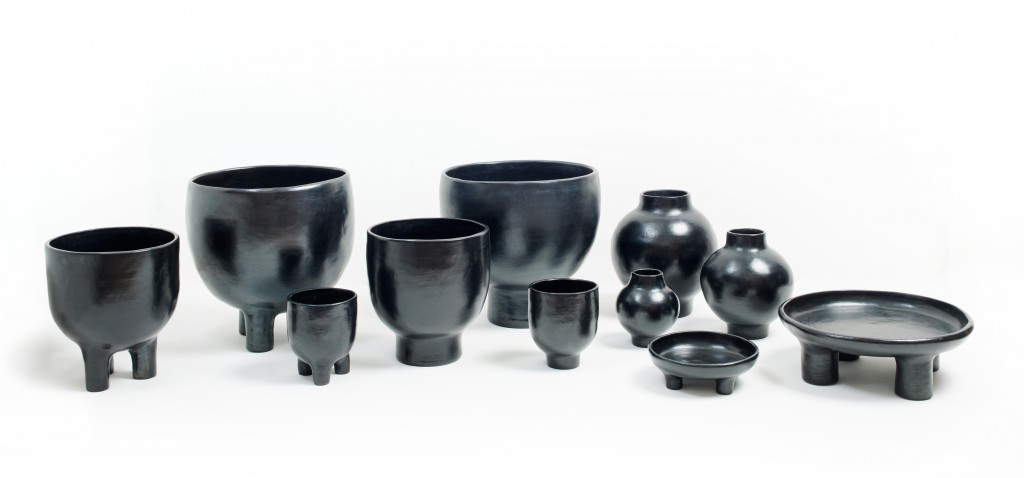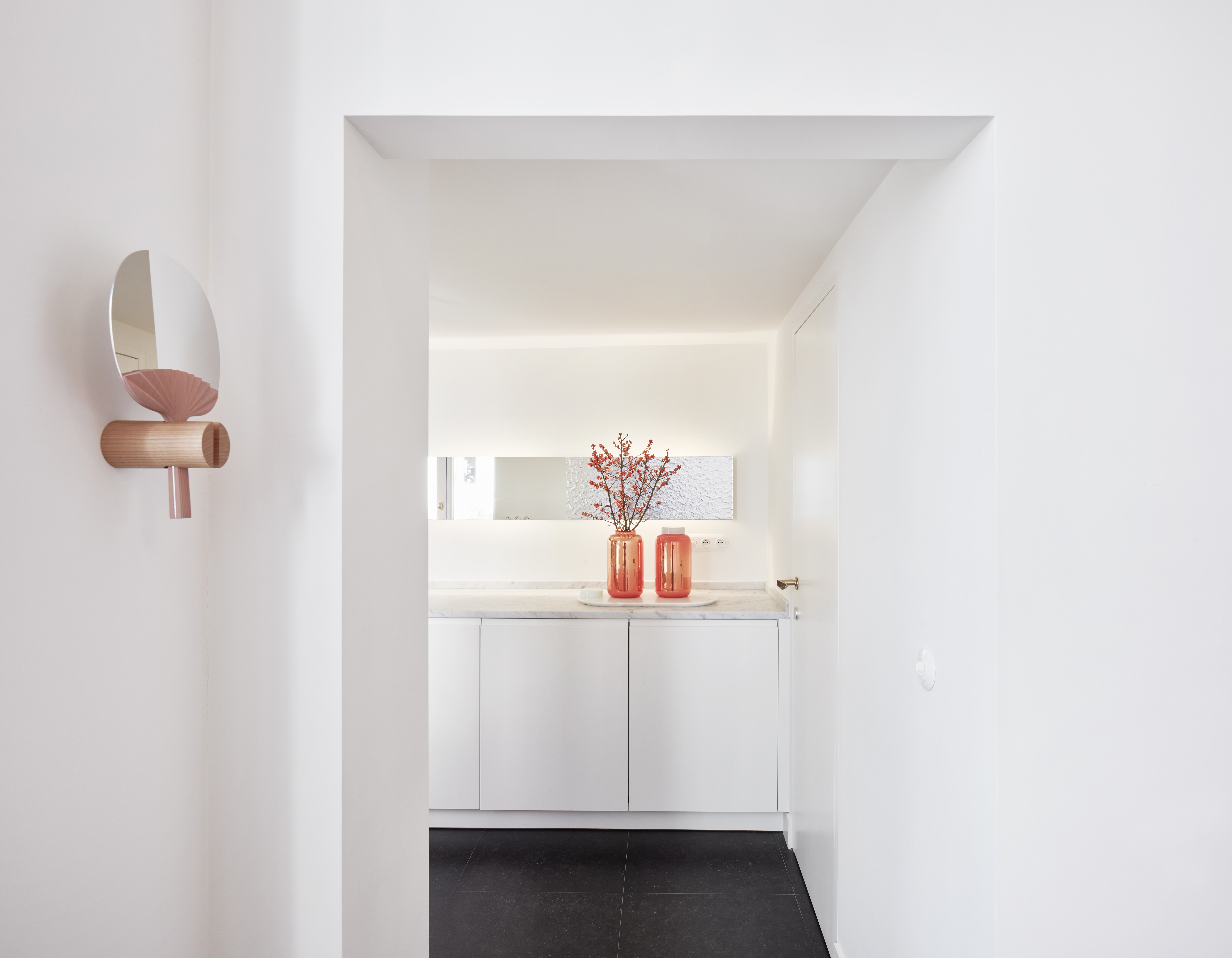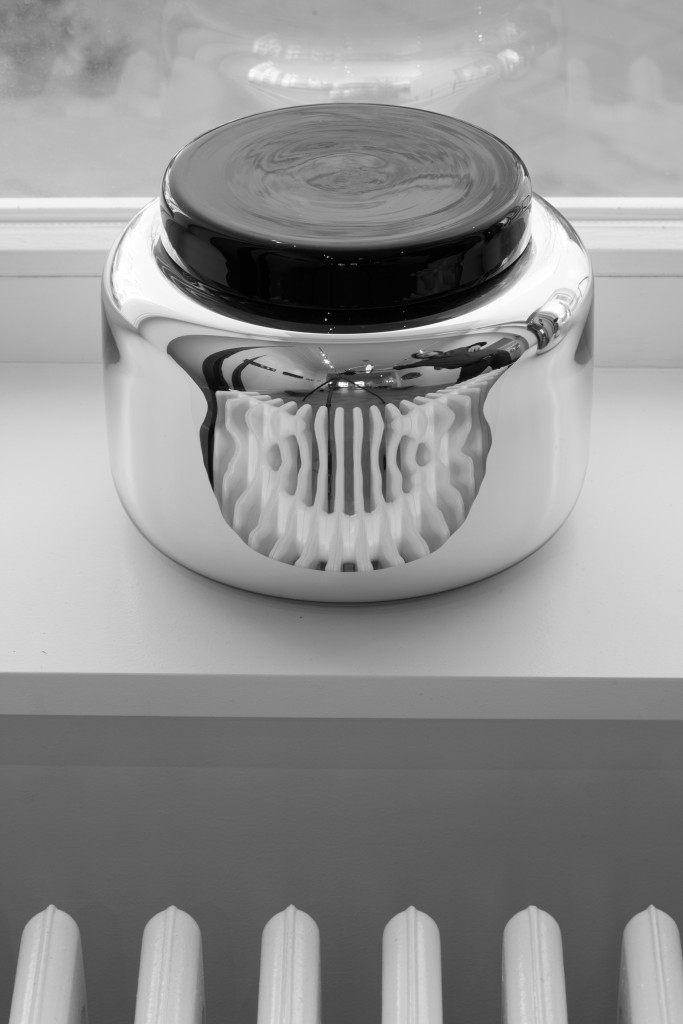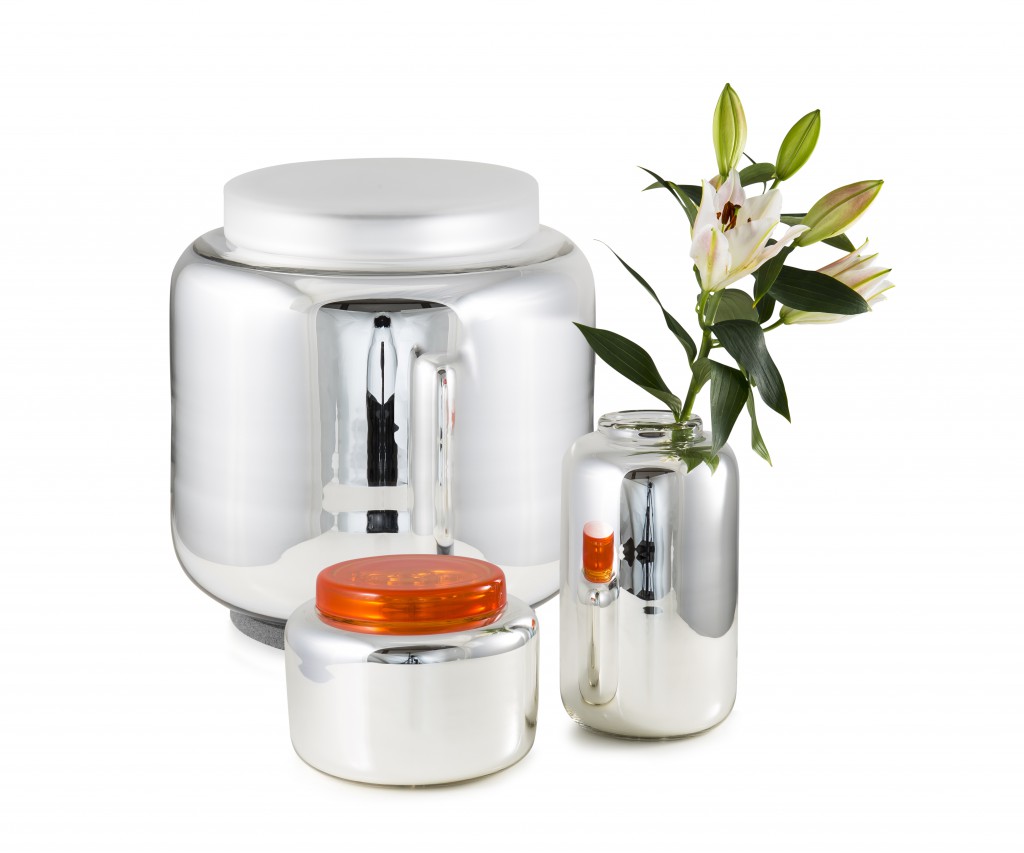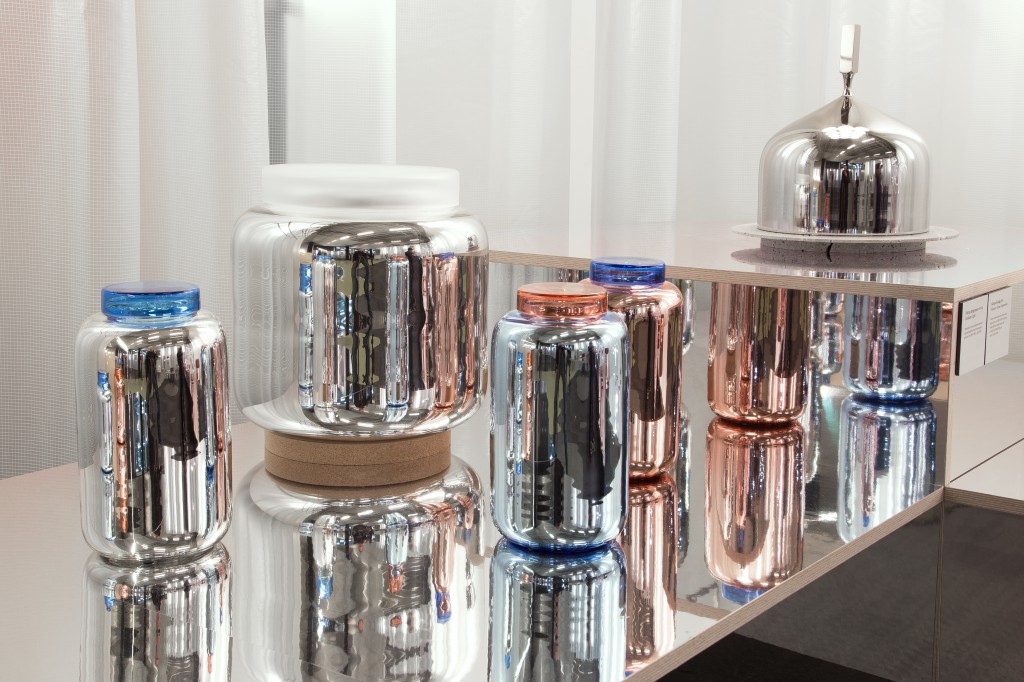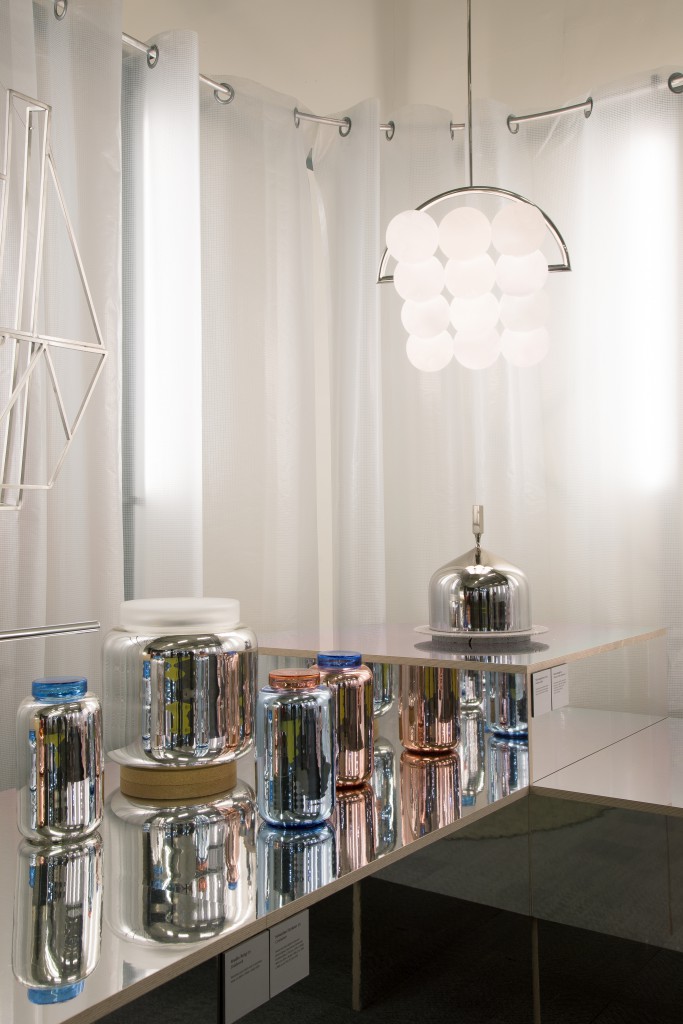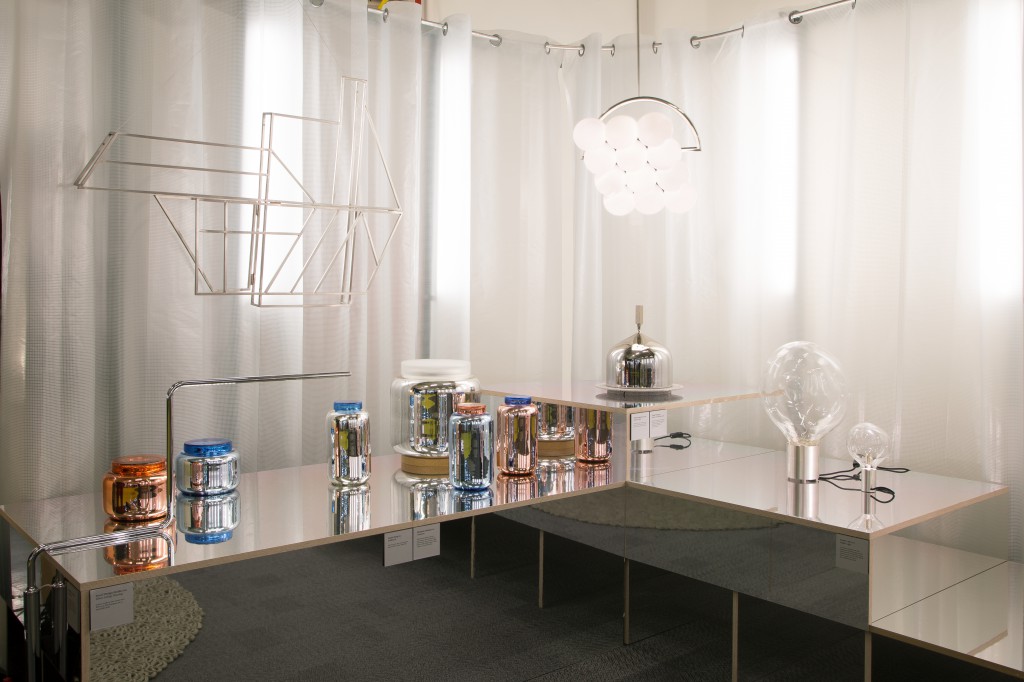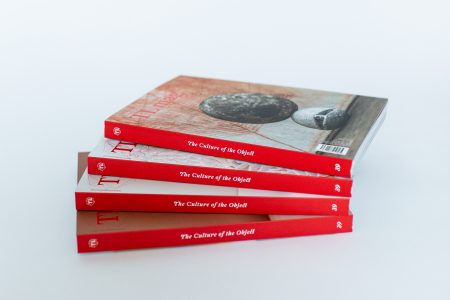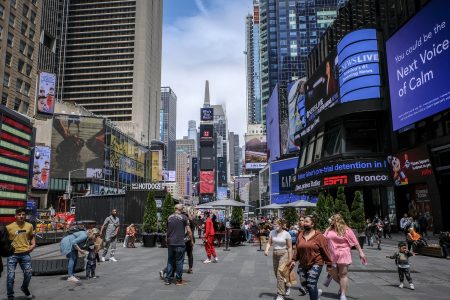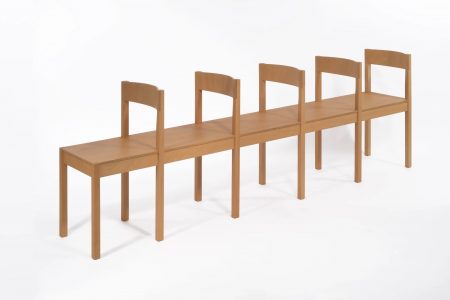Sebastian Herkner: Artisanal Awakening
Sebastian Herkner is launching the ames collection at imm Cologne, as well as currently showing at Spazio Nobile in Brussels. TLmag spoke to the rising star.
Billed as an “an intercultural home collection”, Ames Sala by Sebastian Herkner applies the vibrant, craft-orientated aesthetic of Columbia to contemporary home accessories. Half-German, half-Columbian, the Ames brand of Ana María Calderón Kayser has since 2015 been working with small countryside producers in Columbia to developed an authentic range of blankets, baskets, bowls, cushions and rugs. Developed with Beyer Roth Weis, a special installation showing the design journey will be presented at imm Cologne from January 16 to 22.
The collaboration is the perfect application for Herkner’s masterful penchant for colour. A rising star, Herkner has carved a place for himself within the design world by breathing new value into sometimes overlooked details. Bridging different cultures and contexts together with technological innovation and traditional crafts, the German designer looks to address each of his projects individually. Having studied at HfG Offenbach am Main (University of Art and Design) and having trained with fashion powerhouse Stella McCartney, Herkner’s versatility in material and application can be seen in a rich portfolio of collections for brands as varied as La Chance, Dedon, Rosenthal and Moroso. After receiving a 2015 German Design Award, the up-and-coming talent was named the 2016 Guest of Honour at Imm Cologne; designing that year’s career-defining Das Haus installation.
TLmag spoke to Herkner about his silver-glass Container series for German design house Pulpo.
TLmag: What is your affinity for silver as both a visual and material composite?
Sebastian Herkner: I first became interested in the treatment when discovering mercury glass. Looking at this technique’s history and its German explanation ‘bauernsilber,’ one can understand the translation as ‘silverware for farmers.’ In the past centuries, such a method allowed everyone to have affordable silverware in their homes. However, nowadays the technique has become rare and exclusive.
Your Containers design features a silver finish. What visual, physical, or metaphoric treatment does this effect allow you to express?
My starting point was to revive a traditional craft. I often like to consider different potential forms of craft in my work as they can add another level of value.
TLmag: What process did you use to achieve a silver aesthetic?
I first experimented with this project during the Glass is Tomorrow workshop at CIAV Meisenthal in France. Today, the Container collection is produced by Czech glassworks Verreum for German brand Pulpo. Employing the mercury glass method, each glass piece is handmade to have a double-wall shell. Within the void, liquid silver is poured. It sticks to the glass and quickly creates a mirror surface. Such an effect creates a conversation between objects and space.
